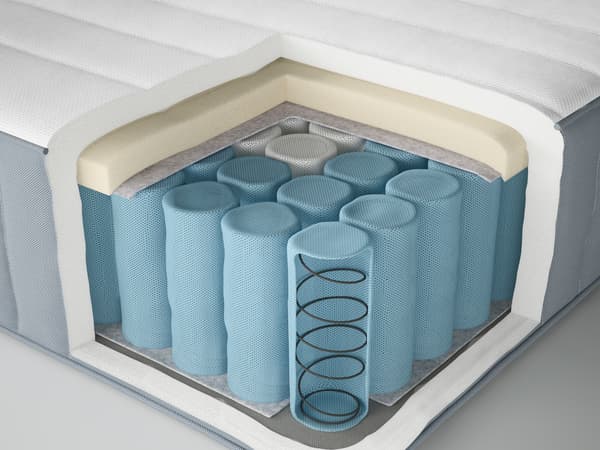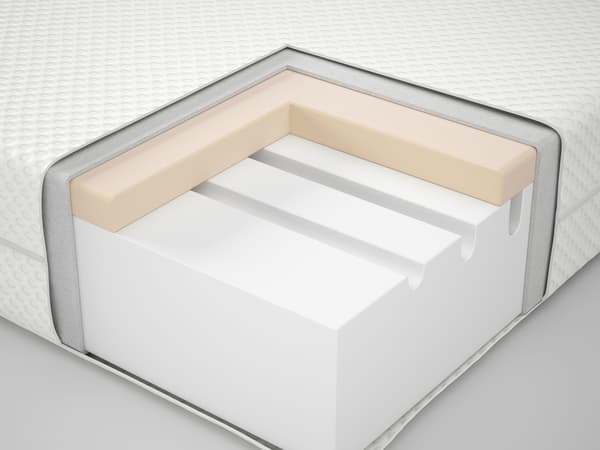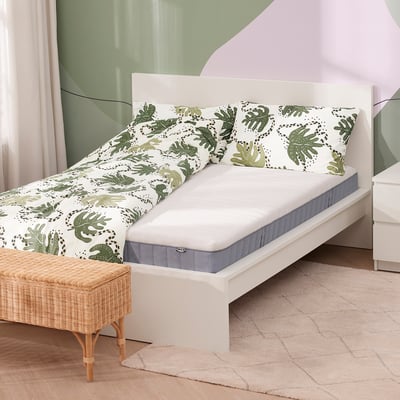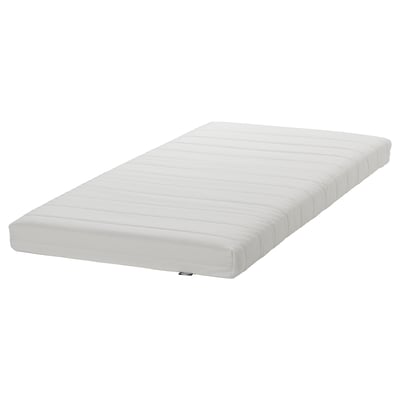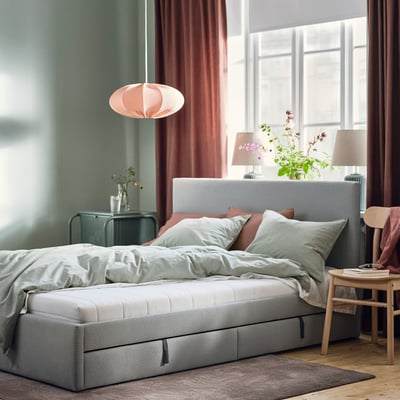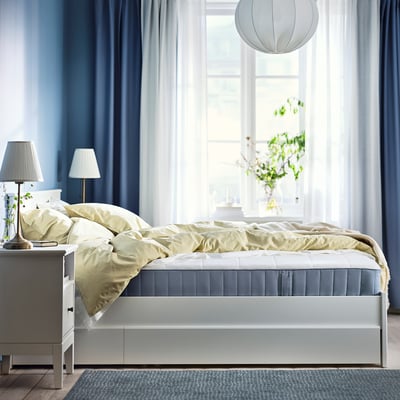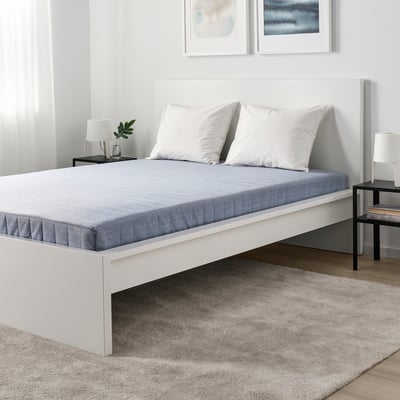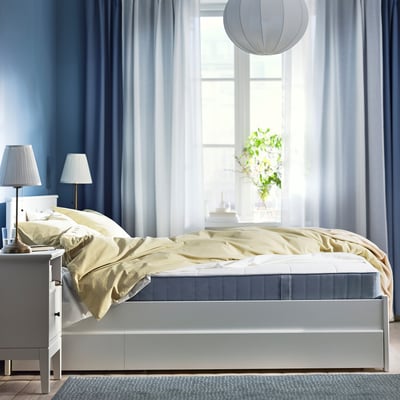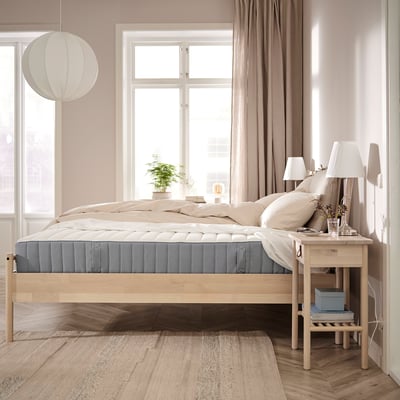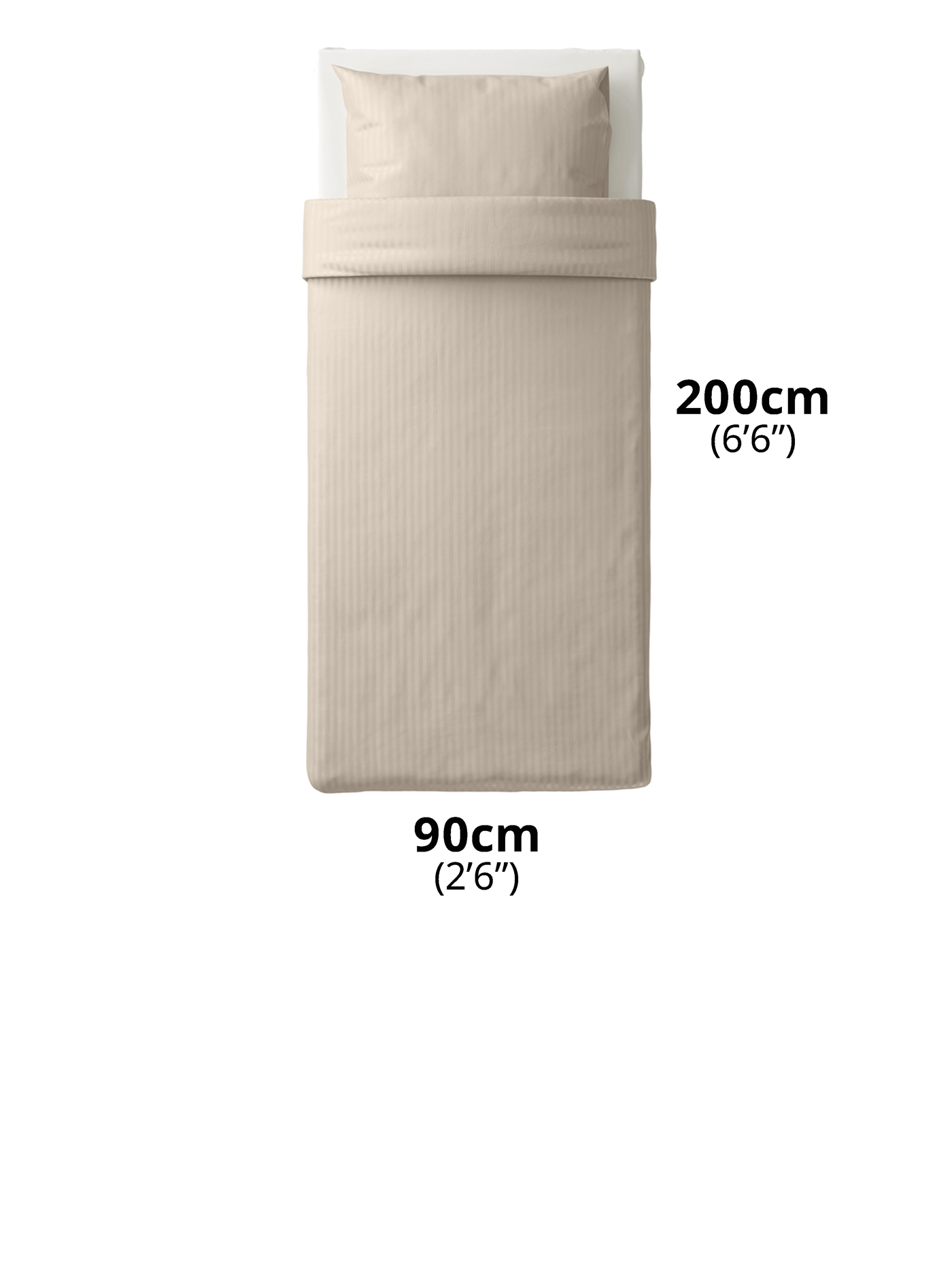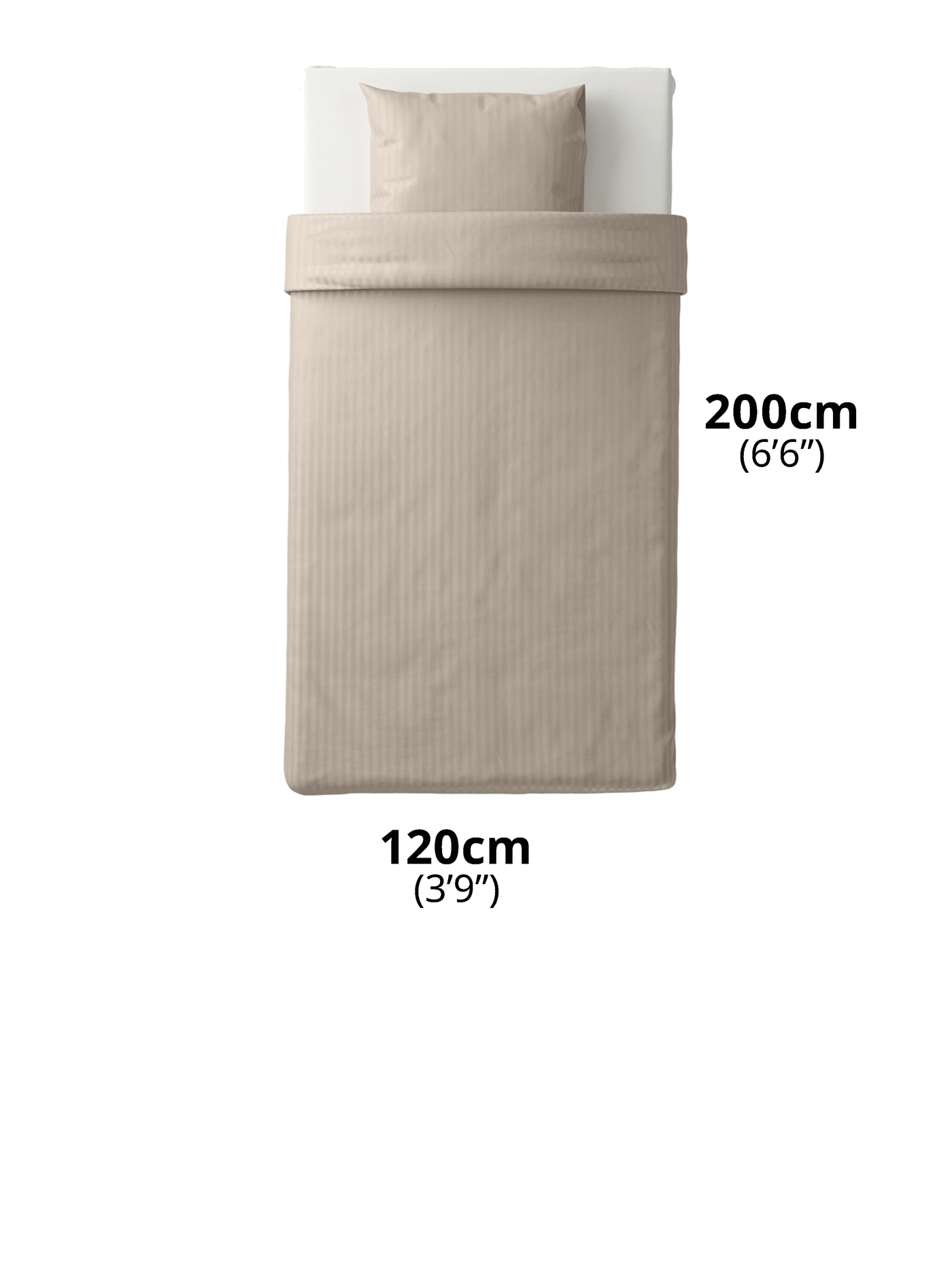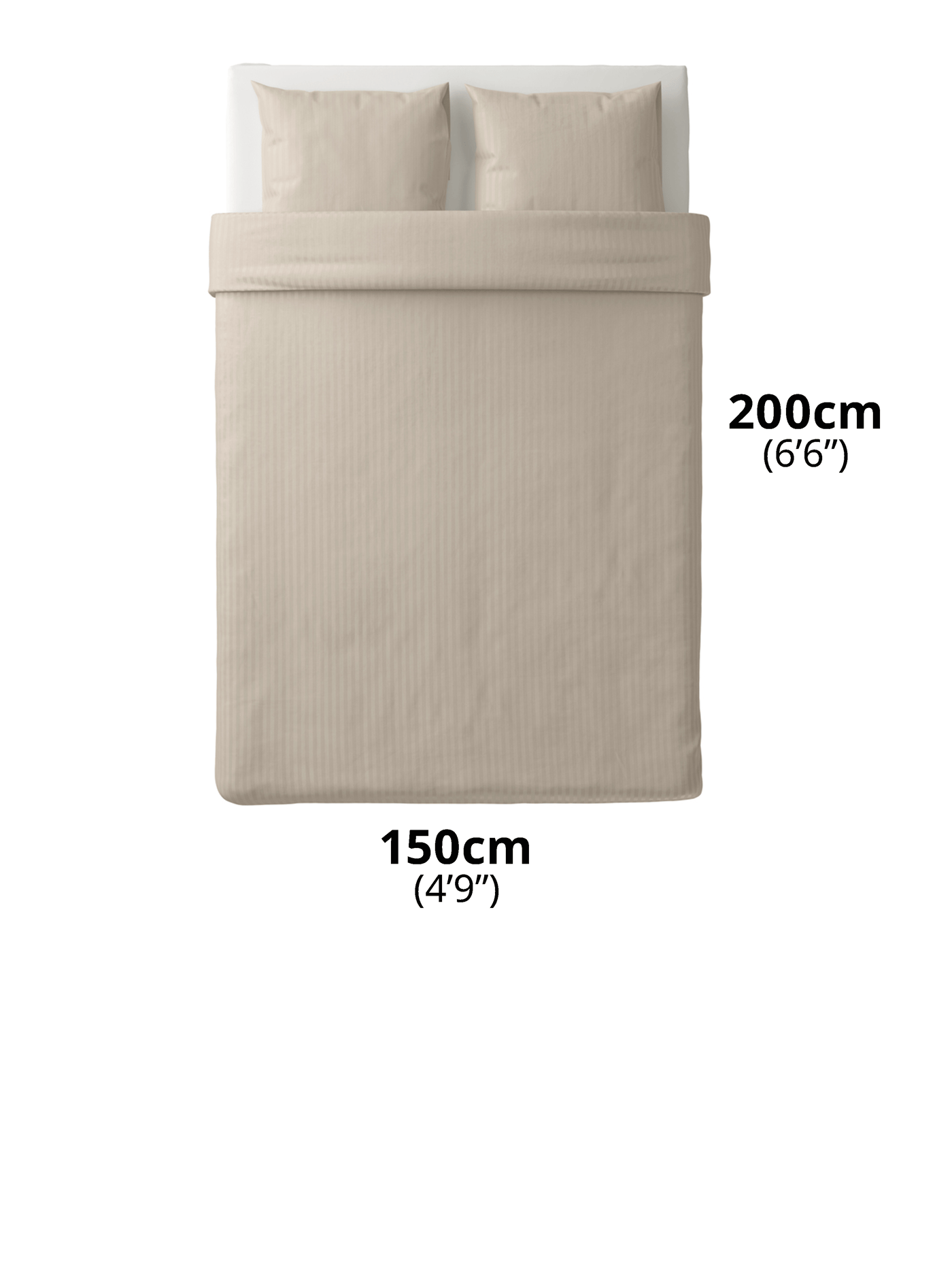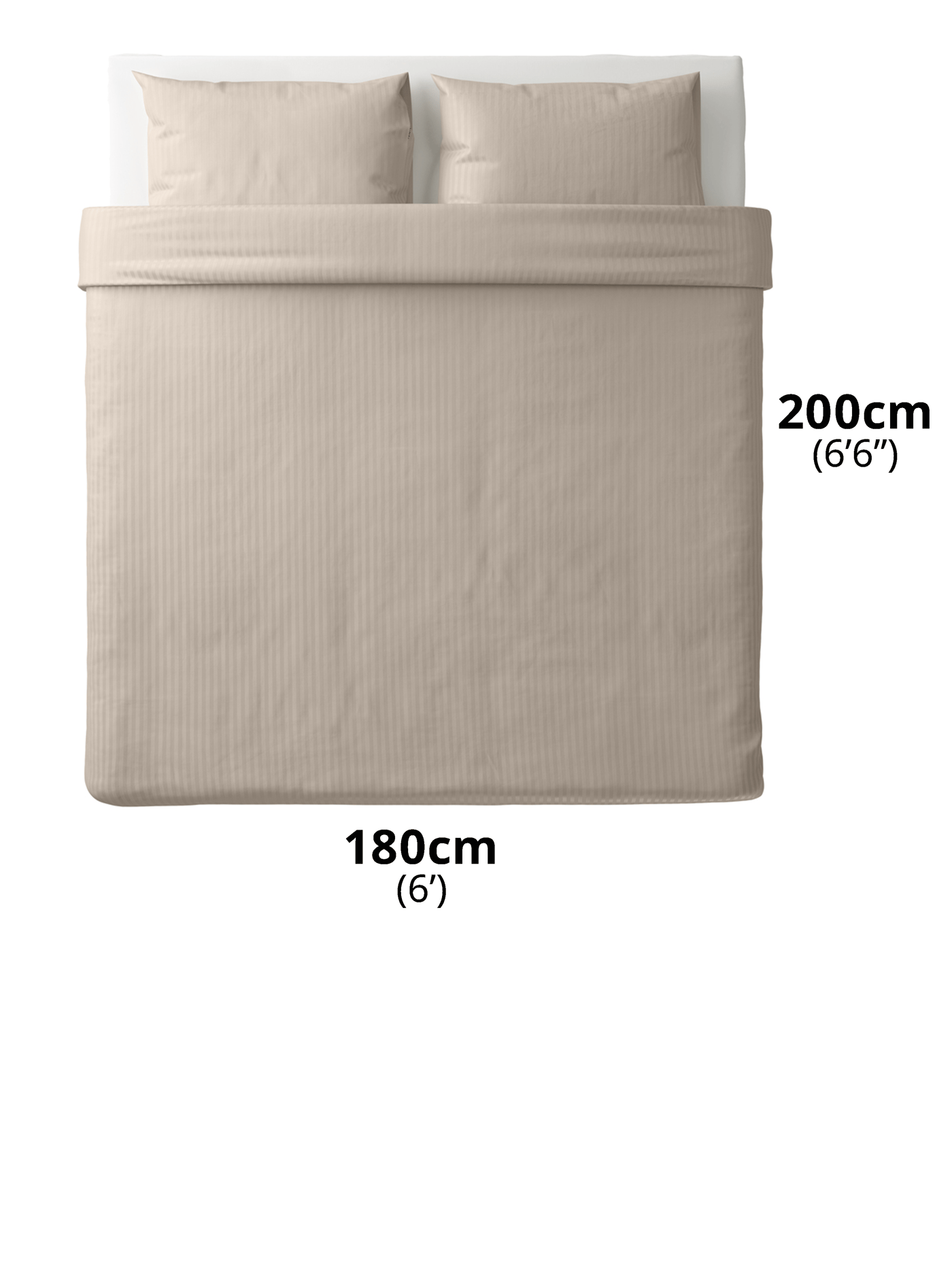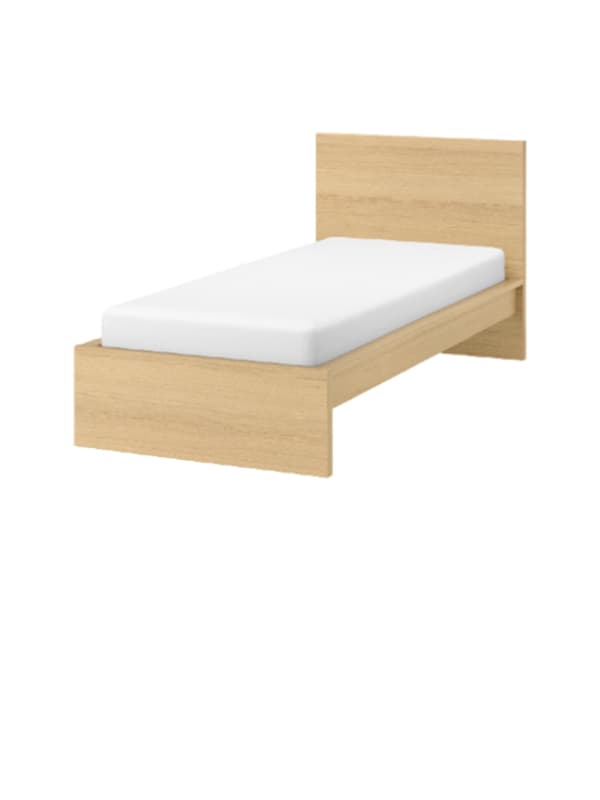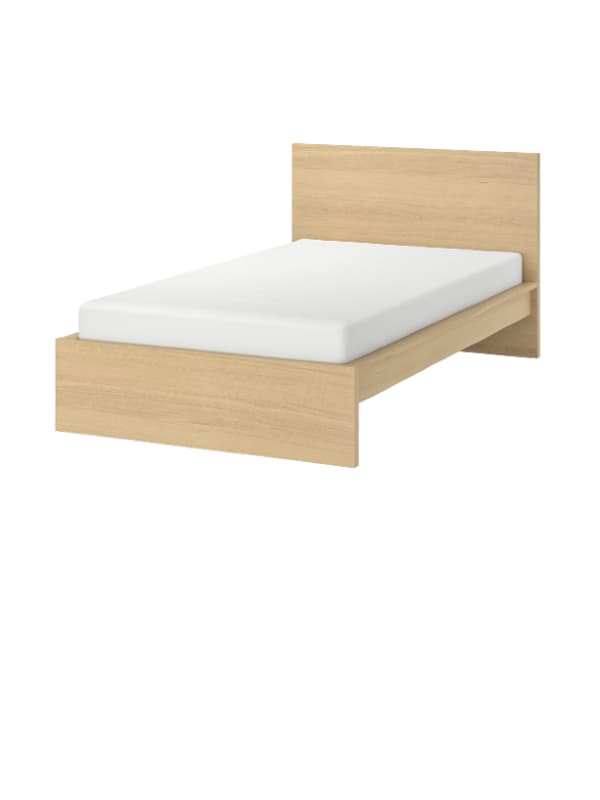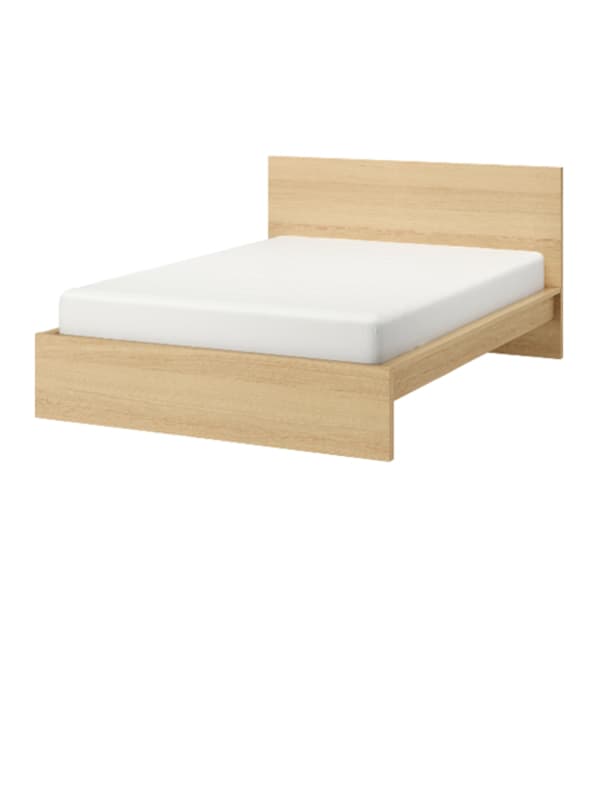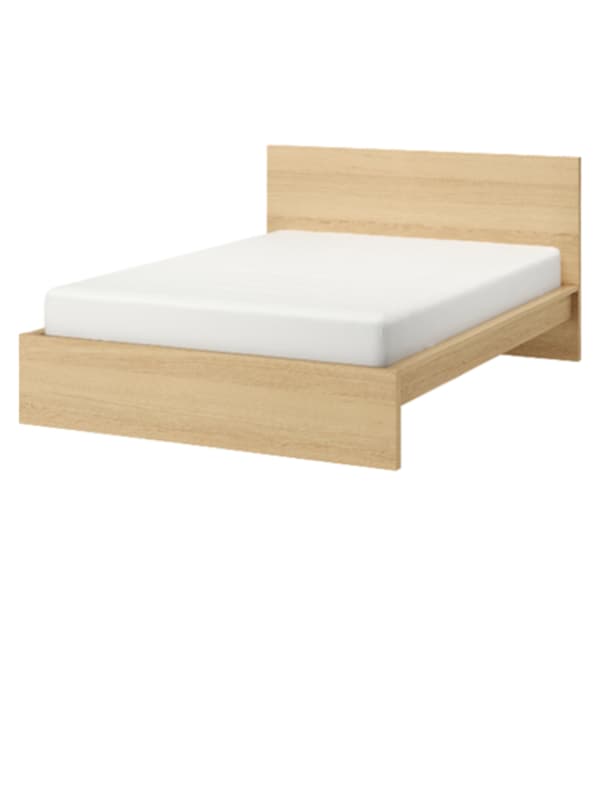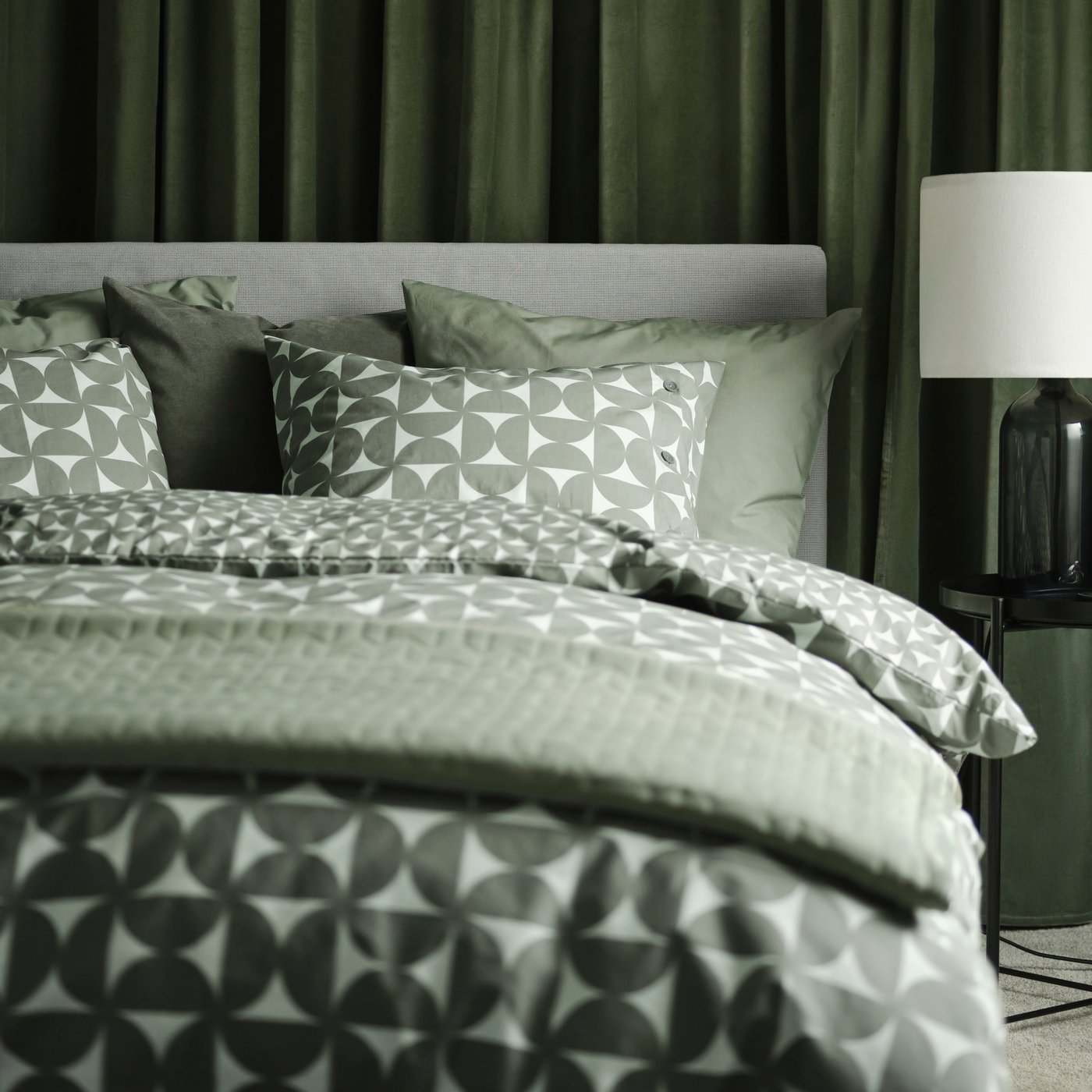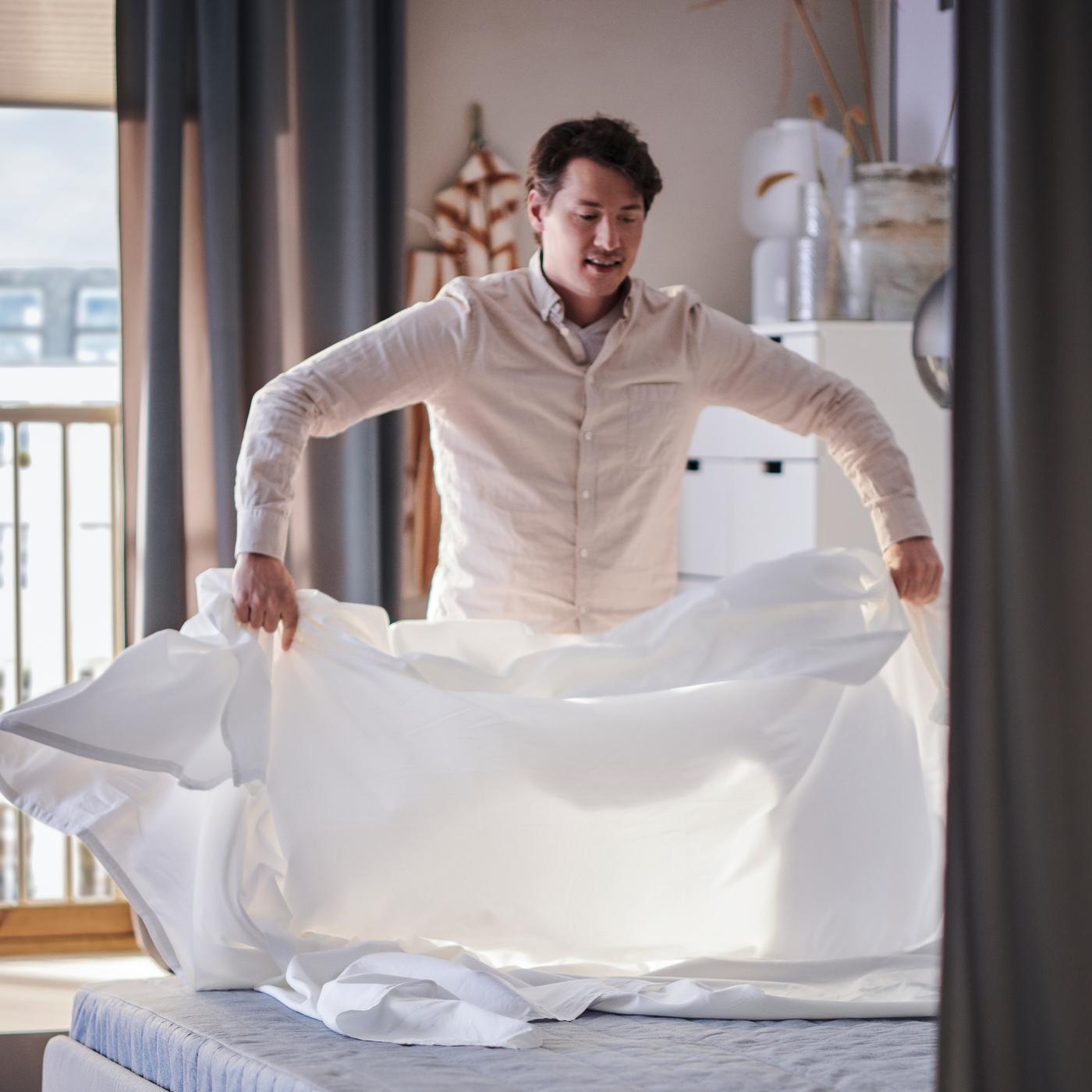How to choose a good mattress that’s best for you
We offer different types of good mattresses. That’s because all bodies are different. By sharing our tips on mattress materials, firmness and size, this guide should help you get closer to your ideal mattress before trying your finalists in person. (Give them 5 minutes each with a proper pillow for your sleeping position.)


1. Decide which materials you want inside
A mattress is made with either springs or foam to ensure proper spinal alignment, body support, and pressure relief. They are available in different sizes and firmness levels, and may feature comfort zones that help prevent excessive sinking in specific areas of your body.
Spring mattresses: a bit bouncy
Spring mattresses use metal coils to evenly distribute weight, minimising pressure on your body. Most variants feature standard foam (or natural latex) for added comfort.
Typically, they utilise pocket springs or Bonnell springs. Pocket springs are individually wrapped, operating independently, while Bonnell springs are interconnected.
- Sleeping with a companion? Opt for pocket springs to minimise the impact of their movements.
- Feeling too warm during sleep? Spring mattresses facilitate air circulation, aiding in temperature regulation.
- A wooden base spring mattress incorporates a self-supporting frame (often pine), essentially a complete bed. Many boast a dual-layered spring design.
- Hybrid mattresses comprise of pocket springs nestled between layers of foam, offering robust, pressure-relieving support where it counts.
Foam and latex mattresses: a cradling cuddle
Foam mattresses use a combination of different foams to provide good support, mould to your body and relieve pressure.
Typically, foam mattresses use memory foam and standard foam (polyurethane). Memory foam is dense yet elastic and mouldable, improving blood circulation to muscles and skin, which enables you to fully relax.
Standard foam creates a stable sleeping environment and can be made to feel very firm or soft. High-resilience foam is a bit more durable than standard foam, and it recovers its shape fast.
- Not sleeping alone? Foam dampens and absorbs the shock of movements.
- Too cold while sleeping? Foam hugs the body and often feels warmer than a spring mattress.
Latex mattresses are responsive and follow your body shape to relieve pressure and provide support for each part of your body - while providing a firmness level. It also keeps your body cool, by using its breathability. to draw moisture away from your body.
The perfect mattress specially for you
Answer a few questions in our comfort guide and we'll recommend the best mattress, duvet and pillow for your needs.
2. Figure out your mattress firmness level
How to choose a good mattress with the best firmness? Your sleeping position has a big role to play. Weight doesn’t define you, but it does affect support. And if you share a bed, consider two smaller mattresses with different firmness levels.
Medium firm mattresses are best for
- Side sleepers who weigh less than 85 kg. Why? Shapes to the shoulders and hips, especially with comfort zones. Tip: pair with a high pillow.
- Back sleepers who weigh less than 60 kg. Why? Prevents neck and lower back from sinking too deeply. Tip: pair with a low pillow.
- Stomach sleepers who weigh less than 60 kg. Why? Avoids stressing the spine. Tip: pair with a very low or no pillow.

- Product information page
Firm mattresses are best for
- Side sleepers who weigh 85 kg or more. Why? Shapes to the shoulders and hips, especially with comfort zones. Tip: pair with a high pillow.
- Back sleepers who weigh 60 kg or more. Why? Prevents neck and lower back from sinking too deeply. Tip: pair with a low pillow.
- Stomach sleepers who weigh 60 kg or more. Why? Avoids stressing the spine. Tip: pair with a very low or no pillow.
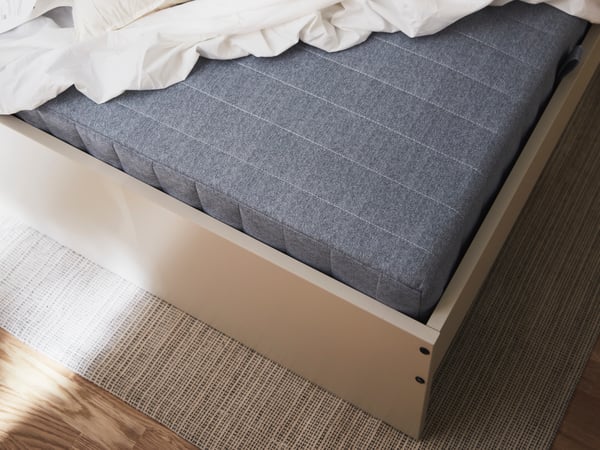
- Product information page
3. Size? No worries, we’ve got them all
Got your eye on a particular mattress?
- Make sure it fits your sleeping area, bed frame and body.
- Measure your space or existing frame, and compare with the product measurements.
- Your feet shouldn’t hang off the end; you should have plenty of room to move and turn easily.
- If you share your bed, consider two single mattresses as they may meet individual needs better than one double mattress.
Our mattress sizes are: single (80 cm x 200 cm), super single (120 cm x 200 cm), double (150 cm x 180 cm), king (180 cm x 200 cm).

- Product information page
4. Top it off with easy-care aides
No matter which mattress is best for you, a mattress protector is recommended to help it last longer, shield it from dirt and stains and maintain freshness.
Other ways to care for your mattress are to vacuum it twice a year. And turn it every six months or so to even out the wear. (Spin it like a record, not flip it like a pancake.)
A mattress topper can also work as a protective layer, but we recommend it with spring mattresses. A topper can counter the comfort of a foam or latex mattress.

- Product information page
Do good mattresses have to cost a lot?
No! With a vision to create a better everyday life for the many people, all home furnishing products must be well-designed and functional – and come at prices so low that as many people as possible can afford them. This includes mattresses.
Improvements for people and the planet
By focusing on the most important part of the bed – the springs – recent innovation has increased the comfort and decreased the use of foam, making the mattresses more sustainable. In addition, all cotton used in production comes from more sustainable sources.
Sleep consultation
Let a human help you narrow your mattress options.
